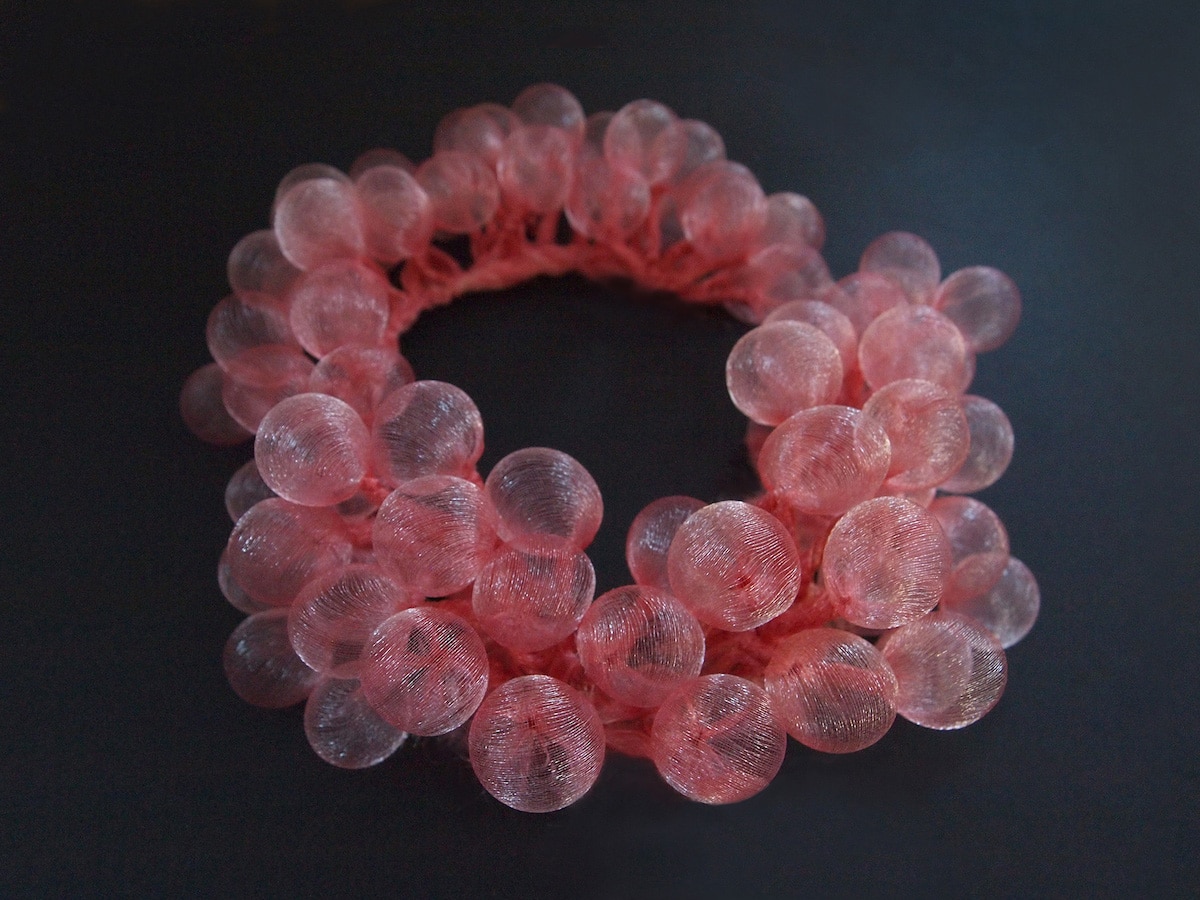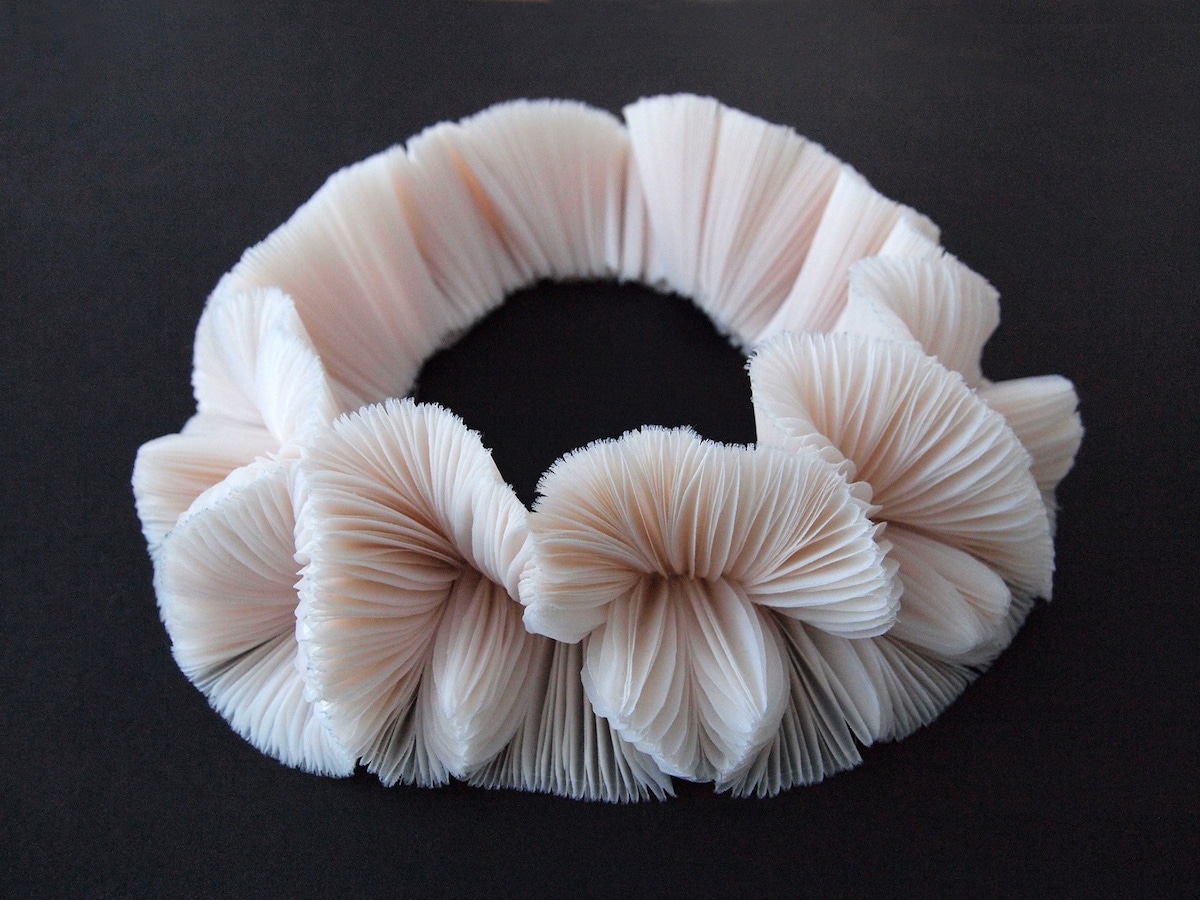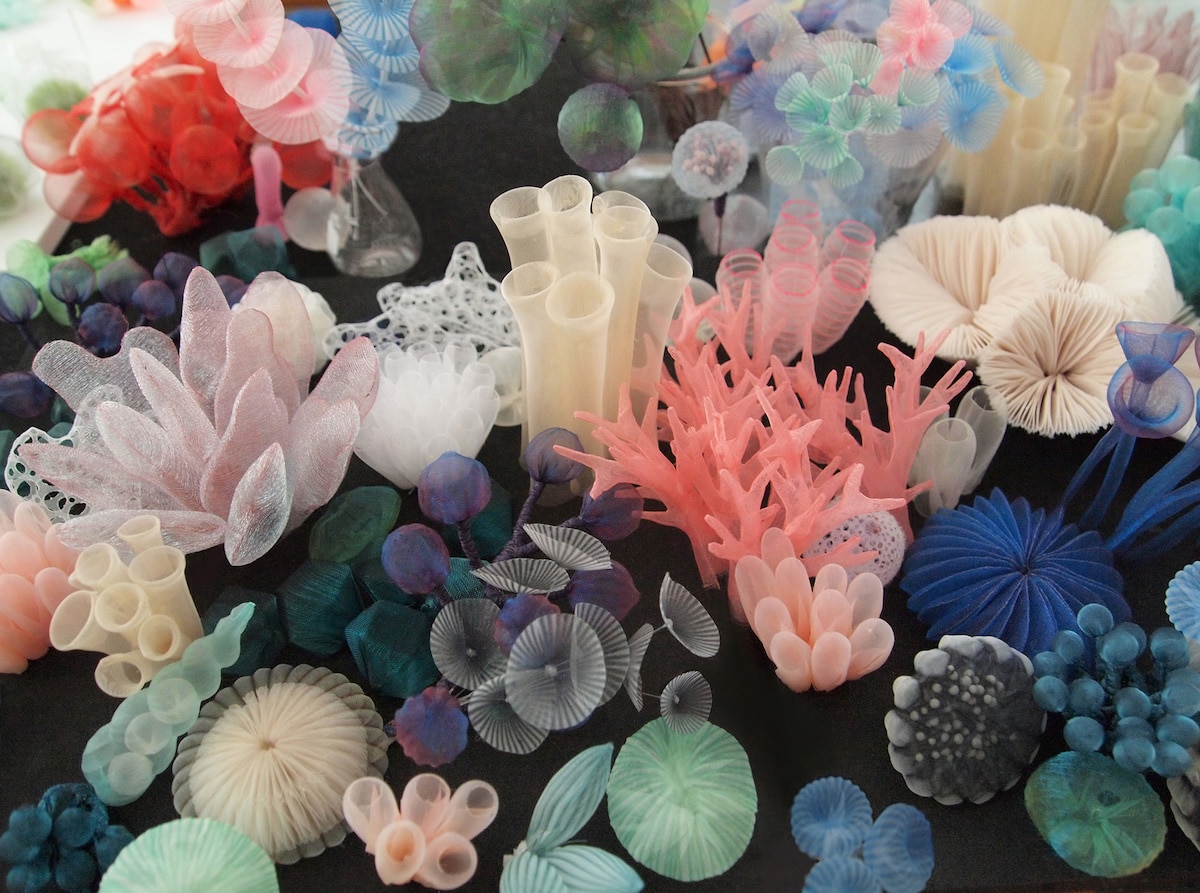
Enthralled by fabric and guided by her intuition, artist Mariko Kusumoto creates sculptures inspired by the things that fascinate her. The pieces, sometimes wearable, often revolve around the ocean, and marine inhabitants—such as coral—inspire the forms. They pair perfectly with the softness and translucent qualities of fabric; the pieces have a billowy quality to them as if they could be under the sea.
Kusumoto has been working with fabric for the last eight years. For nearly two decades before that, however, she focused on metalwork. It was after a particularly challenging metal piece that she decided to try creating with fabric and has since been “exploring the endless, unlimited possibilities” of the material. The pastel-colored results are imbued with a sense of play and wonder—qualities that Kusumoto actively cultivates in her textile art.
We had the pleasure of speaking with Kusumoto about her artistic background and what she’s working on now. Scroll down to read My Modern Met’s exclusive interview.
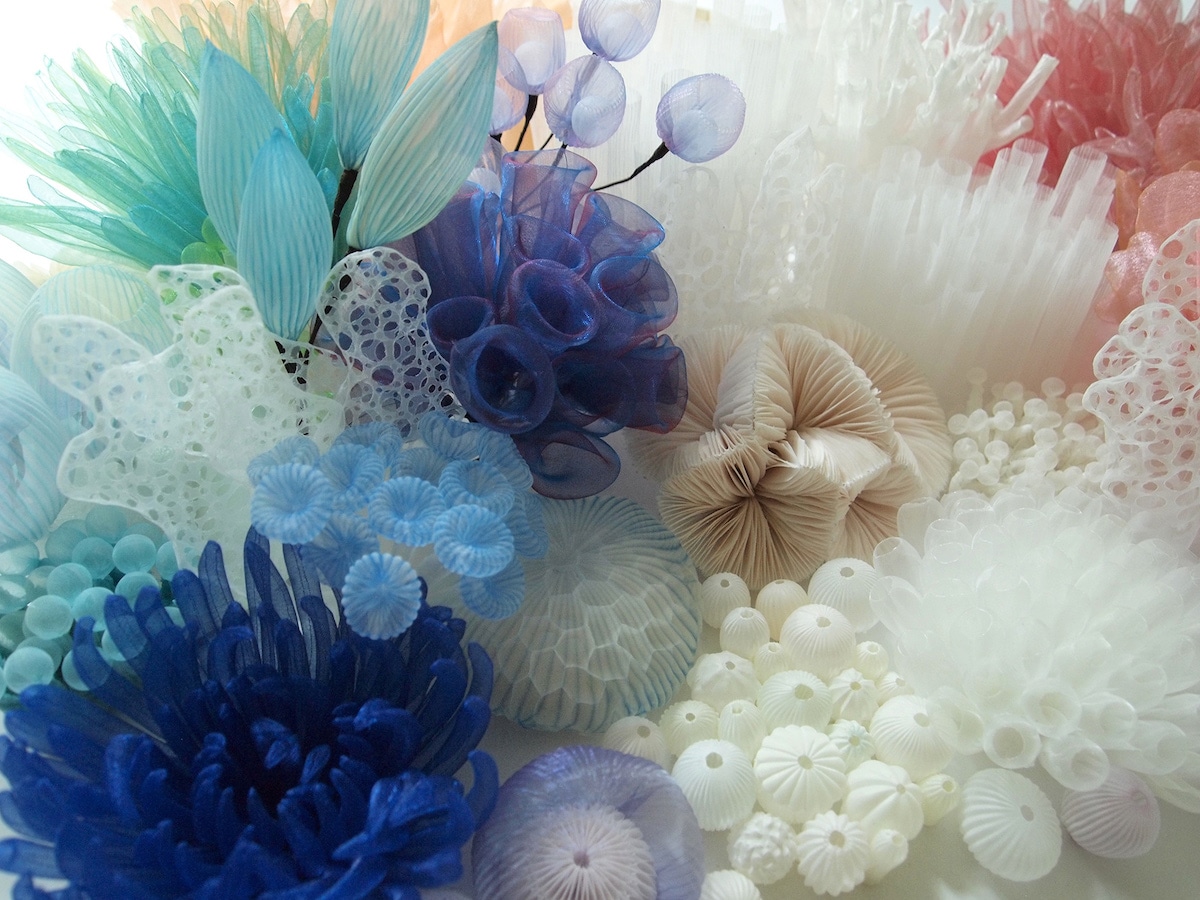 What is your artistic background?
What is your artistic background?
When I was in junior high school I decided to become an artist, so I went to a high school which offered a fine art major. There I learned about art in general, such as painting, sculpture, design, and art history. I really had a great time, and then I went to an art college after that. So, I was determined to become an artist at an early age.
When I entered art college in Japan, my major was oil painting. At the beginning of my junior year, I was able to choose between either an oil painting or printmaking major, so I decided to switch to printmaking with a focus on metal-etching.
Metal has been a familiar material to me since I was a child. Growing up in a Buddhist temple that was founded 400 years ago, I was always surrounded by the beauty of nature and ancient things, like the faded paint on wood and stone steps with hollows created by centuries of raindrops dripping off the roof. I was also fascinated by the elaborate metal and wood ornaments made by skilled craftsmen that were throughout the temple; polishing the ornaments in the altars was one of my chores. So I was always interested in metal.
In class, I learned photo-etching techniques, and I found myself more fascinated by the metal than by the images printed on the paper. After I took a small metal sculpture class, I began making three-dimensional metal sculptures using photo-etching techniques. After that, I worked with metal for about 18 years and then started to work with fabric about eight years ago.
 How did you come to work with textiles?
How did you come to work with textiles?
Metal construction has been my main focus since 1995; but in 2013, after completing a very involved and technically challenging metal piece, I felt the need to move away from using purely representational imagery and do something more abstract and organic, and with a different material. The result has been my fabric work.
Fabric is the complete opposite of metal. I like the softness and gentle texture of the fabric I use, as well as the atmospheric nature of its translucency. The full potential of what I can do with fabric is still unknown to me. I’m on a journey to explore the endless, unlimited possibilities of this material.
I have learned about and explored different types of art and materials throughout my life, and now I feel like they are coming together as one now.
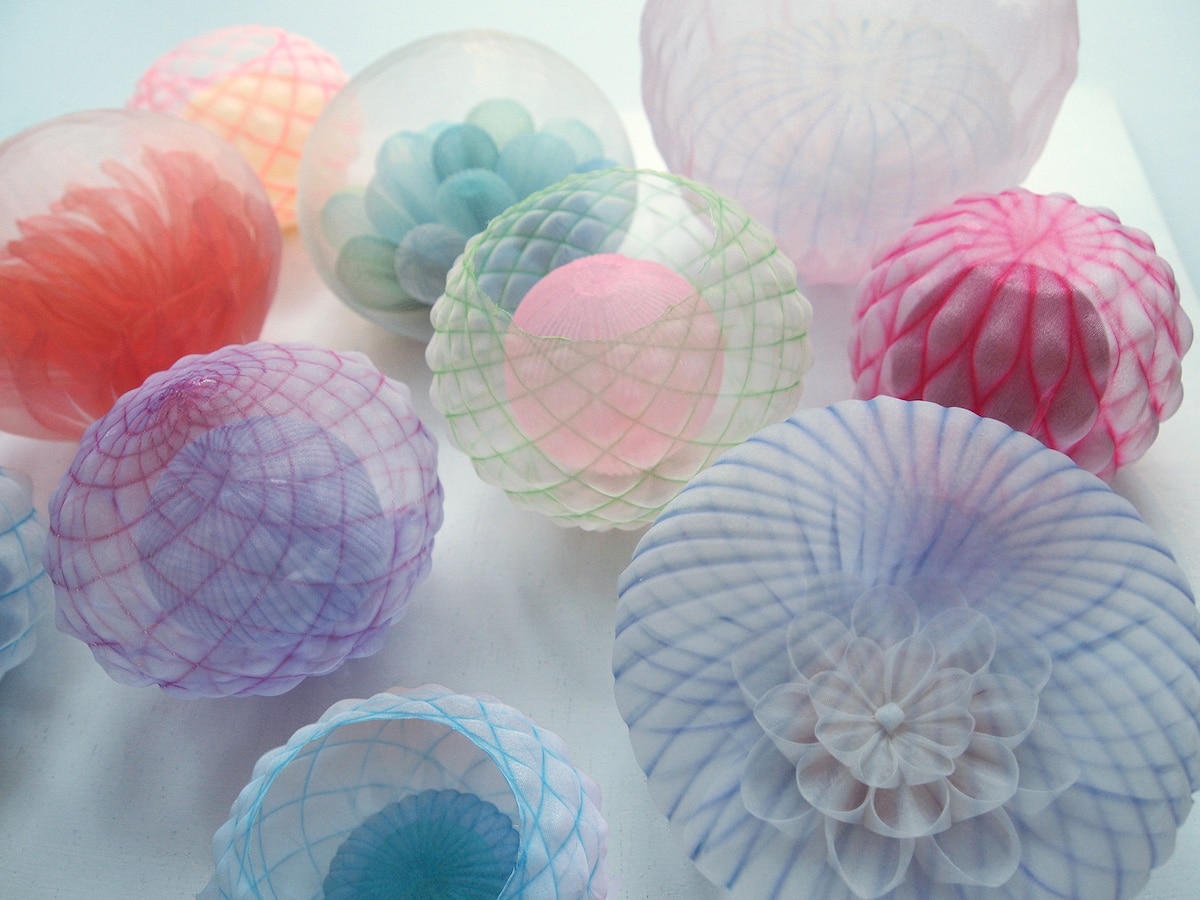 How have your metalwork techniques informed your current body of work?
How have your metalwork techniques informed your current body of work?
In my current fabric work, I use metal techniques in many different ways. I use metal for structural support because fabric is a soft material. I make my own metal molds to create the fabric shapes. I make backings for brooches. I also combine metal and fabric as part of the design. My background with metal has been very useful and I’m so glad to know how to work it.
There are moments within your process that you say are “breathtaking,” and you choose to expand on them at that point. Can you talk a little more about that?
Great ideas often come to me, but thinking about ideas in your head and working with actual materials are very different experiences. I make a lot of discoveries while working on pieces that I never could have thought of in advance.
Whenever I’m working on something, it often opens up new doors that drive a piece in a whole new direction, revealing more possibilities.
I always feel like the possibilities are endless and the ideas keep expanding. I already have so many ideas and have discovered so many things that I probably won’t be able to make them all while I’m still alive.
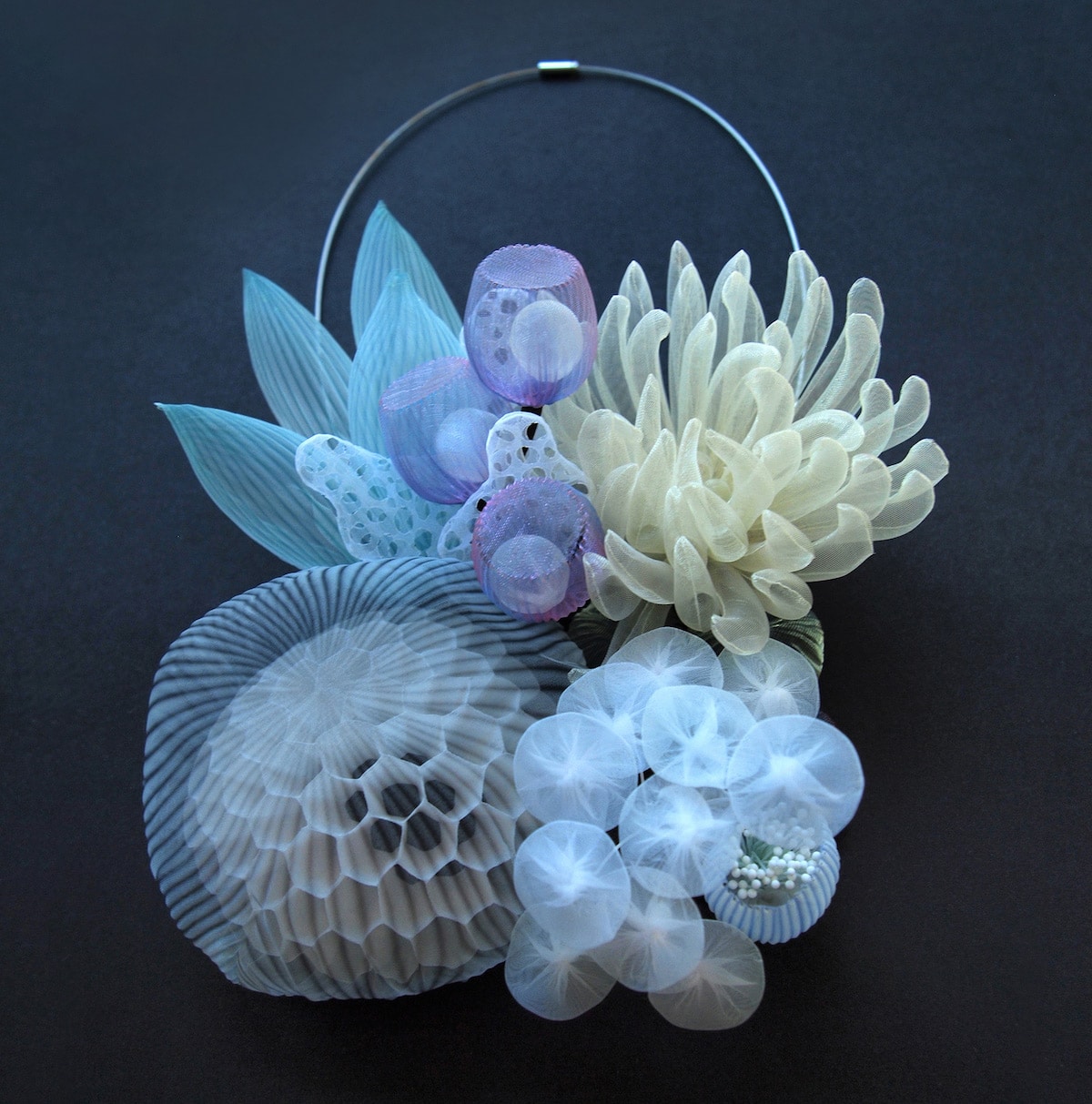 How did you hone learning to follow this instinct?
How did you hone learning to follow this instinct?
I allow myself a lot of freedom, and the flexibility and creativity in my mind is not restricted by categories or rules, which I believe is very important to an artist.
What kind of things has it revealed?
I have an appreciation for illustration, graphic design, architecture, painting, printmaking, fashion… any kind of art form can influence and inspire me. Even though I don’t work in those categories, I believe that there are really no borders in art, it’s all one. Being exposed to a variety of good art trains and sophisticates your aesthetic sense and instincts.
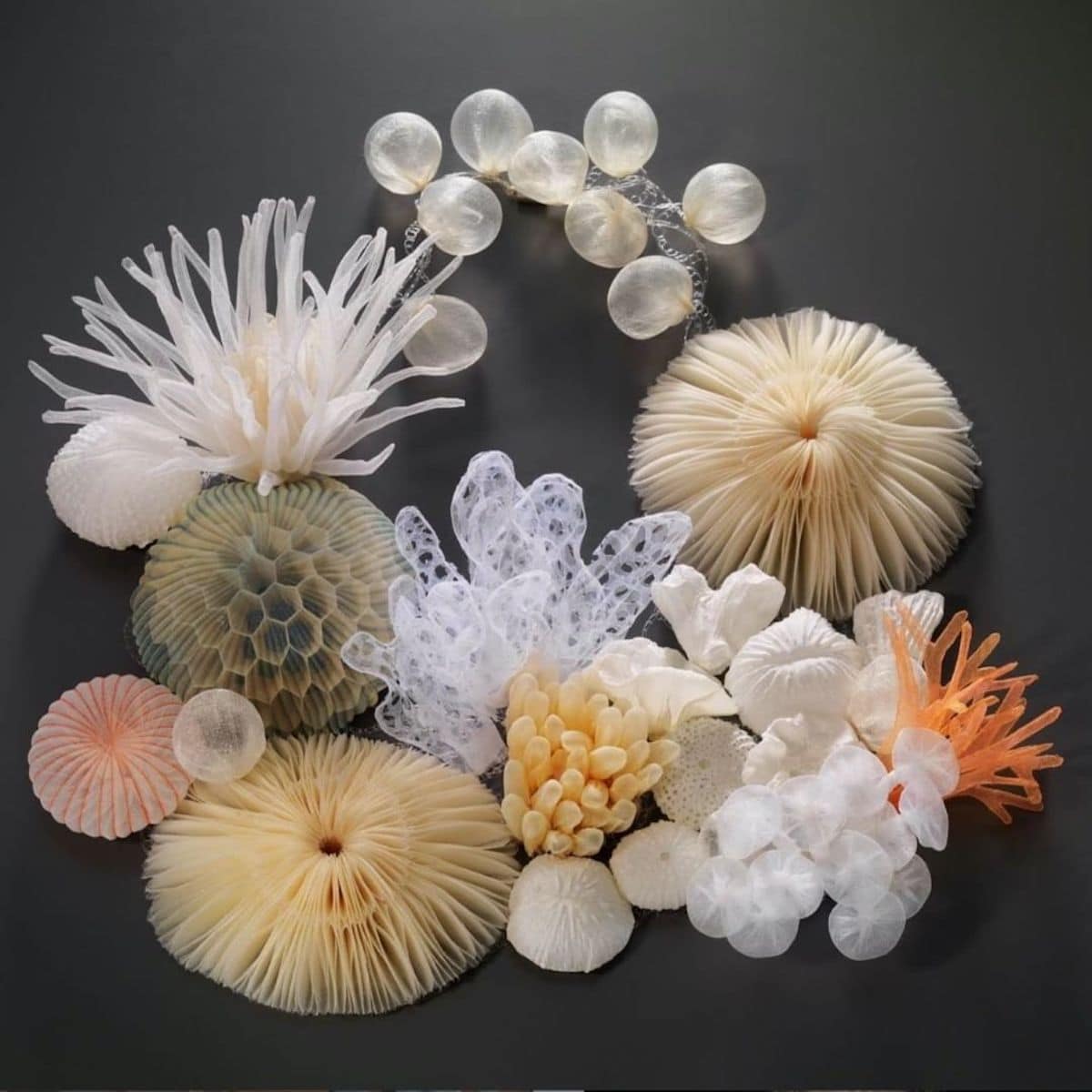 What is the inspiration for your current body of work?
What is the inspiration for your current body of work?
I’m inspired by and learn from nature directly. For example, one day I found a very beautiful brain coral at a flea market. Because I was so fascinated by it, I learned how it was structured and recreated it with fabric. Nature is the best teacher.
I’m interested in sea creatures, plants, the microscopic world, diatom, cells, etc. I’m always fascinated by systematically formed shapes and moved by the wonder of nature.
I especially love sea creatures, they are artwork by themselves, and I’m always blown away by their beauty. Whenever I have the opportunity, I enjoy watching documentary films about the deep ocean. I’m constantly amazed by creatures that I’ve never seen before. There are so many creatures that we haven’t discovered yet. The ocean is full of mysteries.
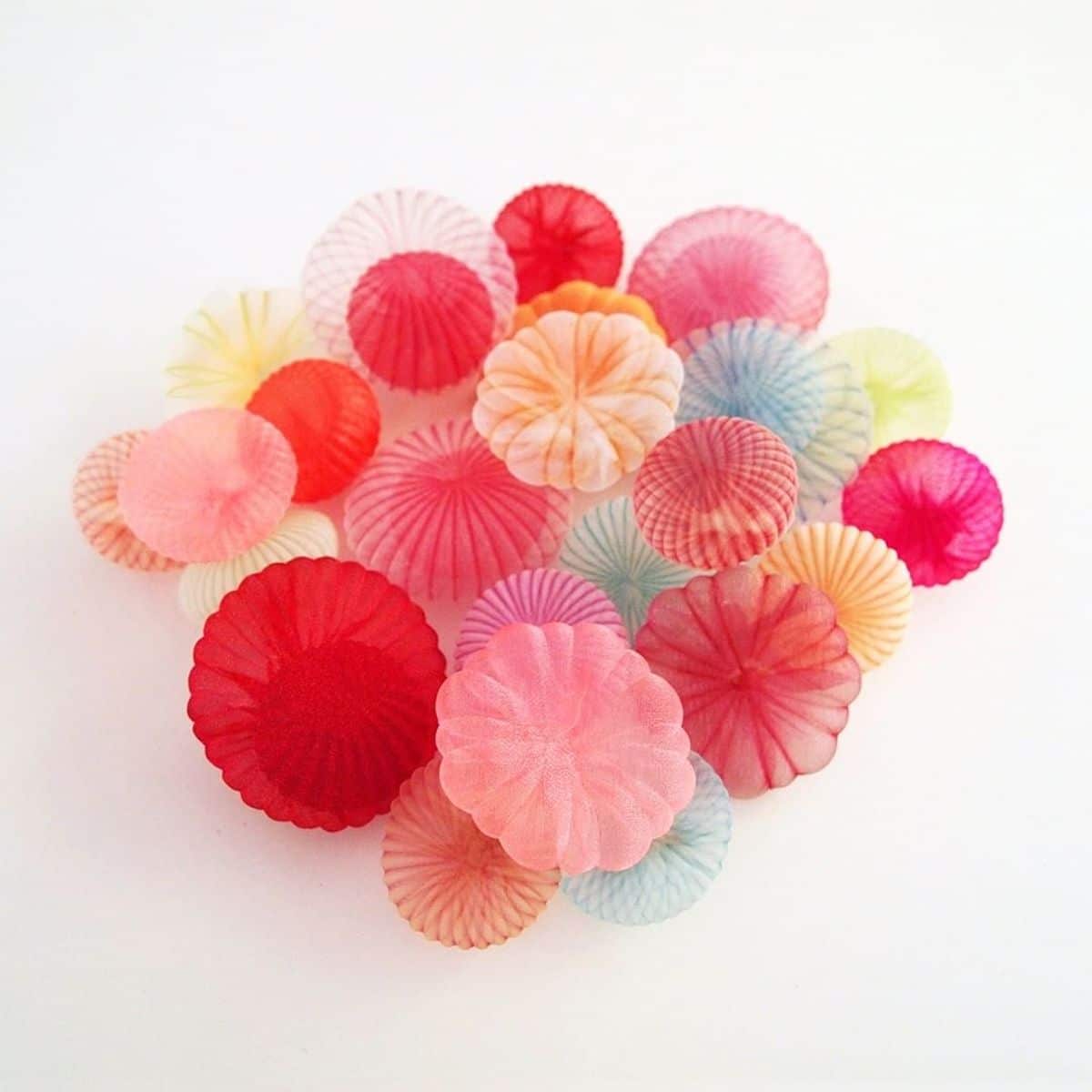 (continued) I also enjoy the element of ambiguity that tends to be built into much of my work. My intention with the fabric pieces is not just to mimic nature or the natural world but rather to communicate the perceived sensory experience of encountering the subject in nature.
(continued) I also enjoy the element of ambiguity that tends to be built into much of my work. My intention with the fabric pieces is not just to mimic nature or the natural world but rather to communicate the perceived sensory experience of encountering the subject in nature.
Besides being inspired by nature, I am also inspired by the material itself. Encountering different types of material in daily life is important to me. Sometimes I’ll come across a material that I find mesmerizing, and it will draw me in and stir my imagination.
Fabric is one of the most familiar of everyday materials. Even though the word “fabric” sounds straightforward enough, the range of different fabrics is broad, with unique characteristics that can draw out a variety of sensations or emotions. Some fabrics imply the cool feeling of moisture, others have a fluffiness that is comforting; there are fabrics that invoke the mysterious or the ethereal; there are fabrics that inspire tranquility; and some fabrics suggest fragility, subtlety, etc.
I develop fabric pieces that reflect my strong interest in the material itself. Fabric is inherently the opposite of metal, the material I previously worked with exclusively for many years. I strive to bring out the fabric’s inherent characteristics and beauty. By using a proprietary heat-setting technique, I give it a new identity by reshaping it into three-dimensional forms. Because I love the translucency of fabric, through working with layers and adding or moving parts, I can create playful, mysterious, and ethereal atmospheres.
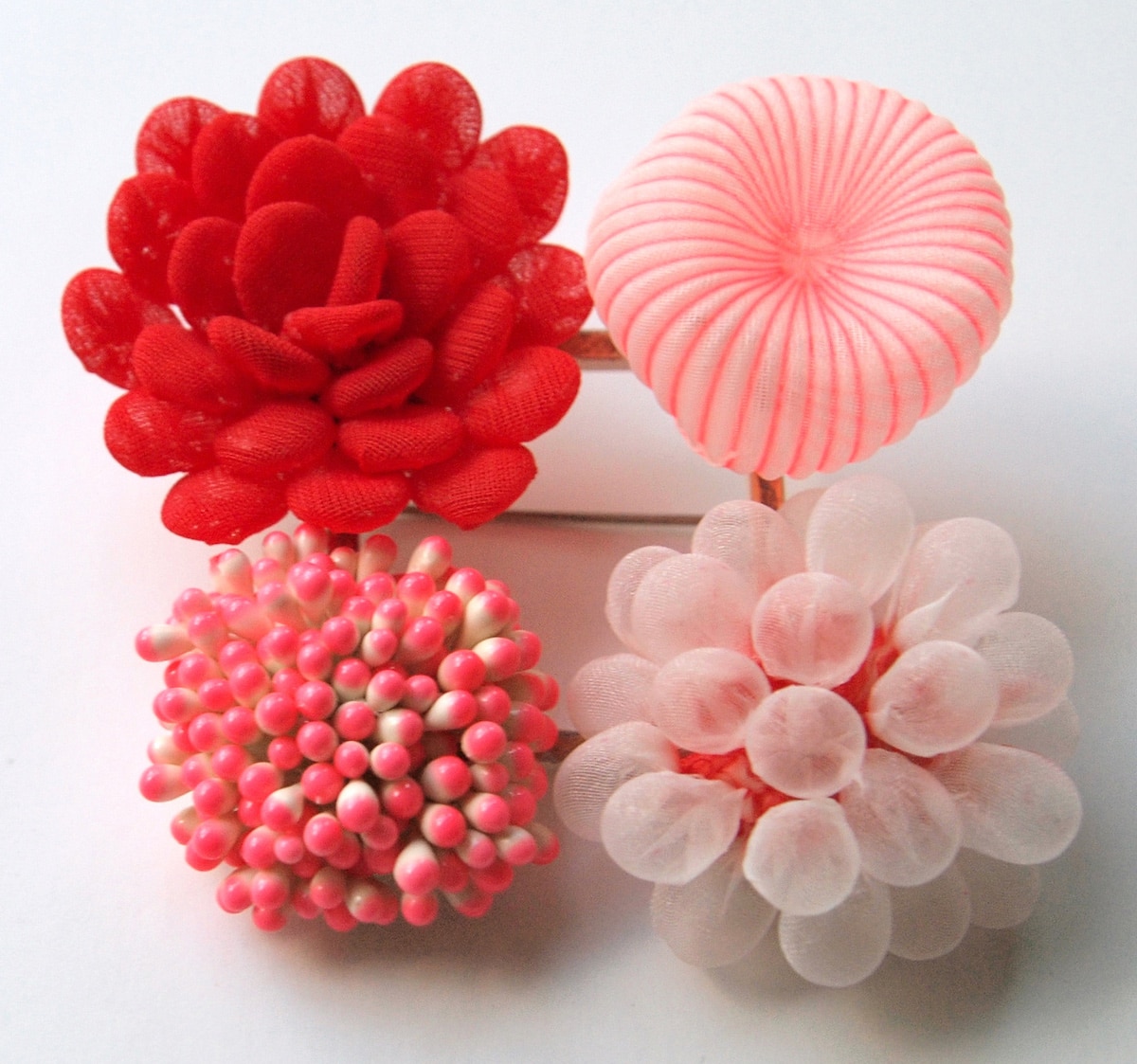 What’s next for you? Anything on the horizon you can tell us about?
What’s next for you? Anything on the horizon you can tell us about?
Currently, I’m getting ready for a solo exhibition at the Morikami Museum in Florida in May 2022. I will be showing both sculptural and wearable fabric pieces. Working in a larger scale is a challenge for me, but it may also open up a new door. I believe it will take me in another new direction.
